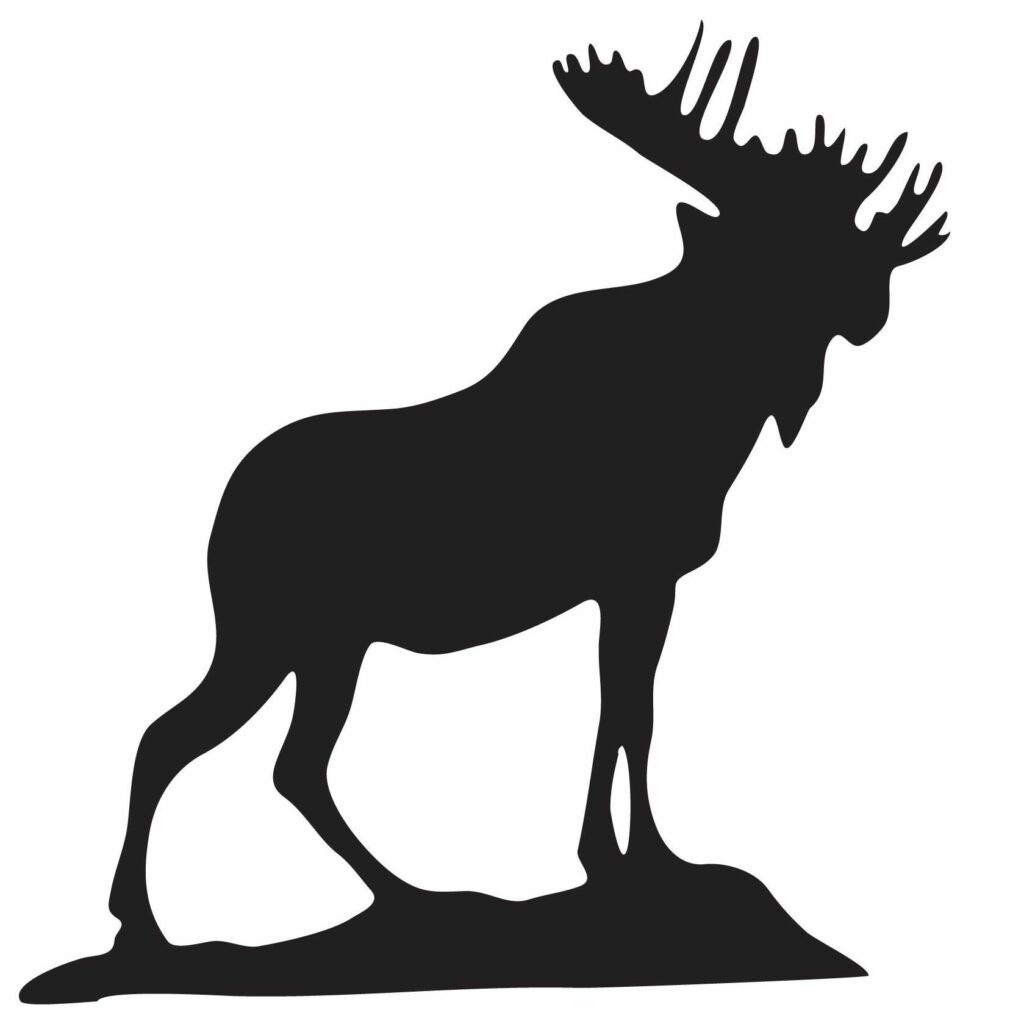The Longest Running Government on Earth
Last Sunday, the U.S. Constitution turned 236 years old. It is the framework of the longest running government in the world today. Since 1787 every nation in the world has changed its form of government at least once except for the United States. Our government is a federal republic that uses the democratic principle of free and fair elections to choose our political leaders who take an oath, “To defend the Constitution against all enemies, foreign and domestic.”
Fifty-five delegates from 12 states showed up at the Philadelphia Convention in late May 1787. They were charged with amending the Articles of Confederation to balance the power between the federal government and the states. Rhode Island did not send delegates, preferring the status quo. The delegates quickly discovered that it was not possible to rework the Articles and decided to write a new Constitution. They committed themselves to creating a Constitution that was shaped by the Declaration of Independence. To achieve this, they followed seven principles that would be the foundation of the new U.S. Constitution.
The principle of popular sovereignty comes directly from the Declaration of Independence. It ensures that the government gets its “just powers from the consent of the governed.” Federalism is the division of government power between federal and state governments. Under republicanism, voters elect representatives to carry out their desires. The principle of limited government is self-explanatory. The only powers the federal government has are enumerated in the Constitution. All other powers belong to the people or the states.
The genius of the Constitution is the separation of powers, which creates three co-equal branches of government. The Legislative Branch – Congress – writes the laws. The Executive Branch, headed by the President, carries out the laws. The Judicial Branch, the Supreme Court, interprets the laws to ensure that they are Constitutional. Checks and balances require all three branches to work together to govern the people. Each branch can check the power of the other two. This ensures that at least two branches must agree on all important decisions. Finally, the principle of individual rights protects rights such as life, liberty and the pursuit of happiness.
The delegates elected George Washington as President of the Convention. He was joined in leadership by future president James Madison and Alexander Hamilton. Using these seven principles, they led the delegates through the process that created the greatest government in the modern history of the world.

